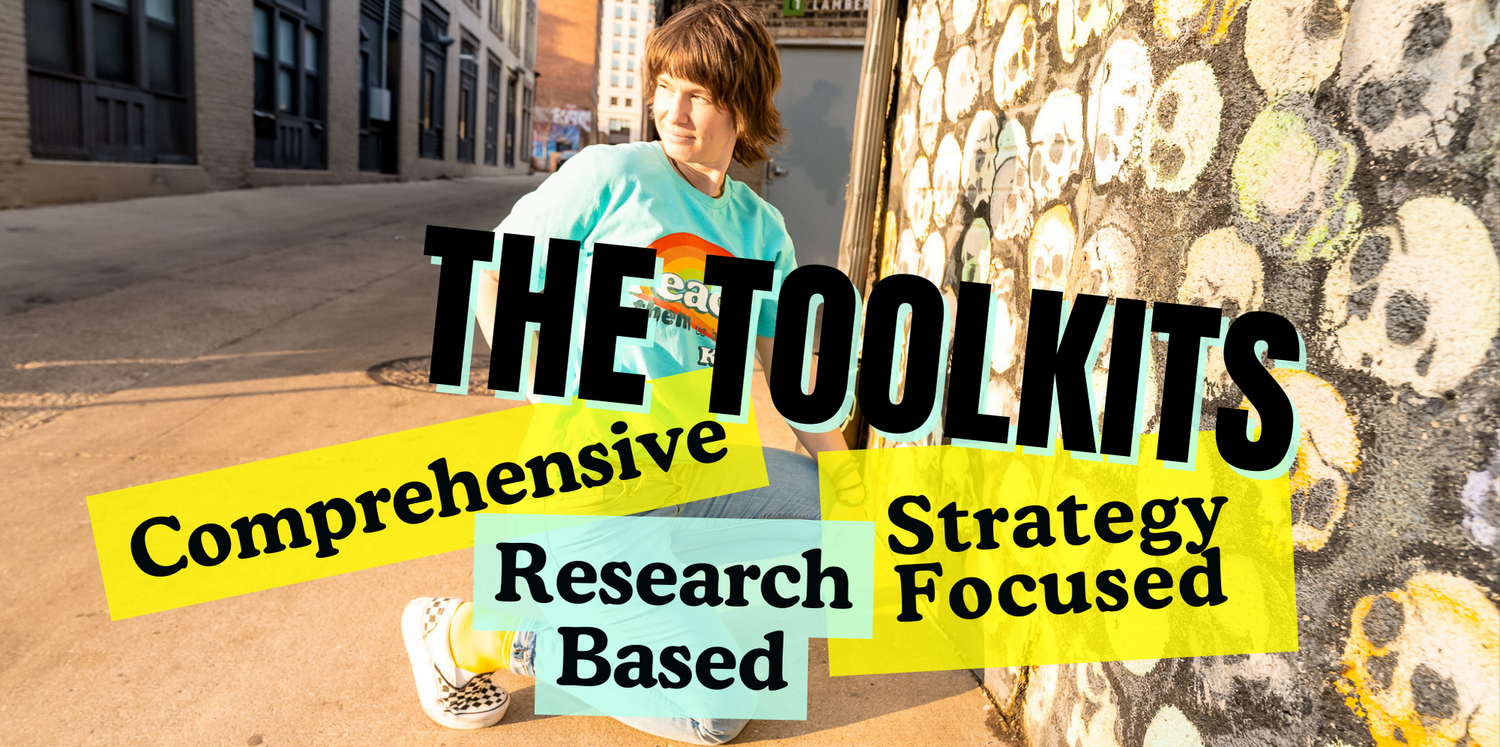
Resetting the Classroom
Share
This post is all about what we can do when we find ourselves in complete chaos in the classroom; when we get paralyzed and don’t know where to start with trying to fix the problem.
First Things First:
The first thing I want to address is the very familiar and dreaded negative loop and overwhelm.
In our minds all of the problems blend together and we get stuck, paralyzed, we think we can't solve any of them.
It feels like every problem is connected, and solving one requires solving another. This can leave us feeling lost and unsure of where to start, making it seem impossible to move forward.
I recently coached a teacher and found myself back in that overwhelm. I hadn’t felt that way in a long time, and I panicked. I kept thinking, “What problem should I tell her to solve first? They all seem too big! They are all so important! AHHHH!”
I had forgotten how paralyzing that feeling can be.
But I reminded myself, “I’ve solved this before, and I’ll do it again.” I even said that to myself out loud and that confidence calmed my stress response and helped me get back to problem-solving, and an old routine kicked in—I suddenly felt the urge to go for a run.
See at the beginning of my teaching career I decided to start running and whenever I felt that overwhelm or paralysis I would go for a run.
So that’s what I did this time, I went for a run.
Running does such a good job at clearing the mind, and it hit me during that run how I was able to solve those problems 13 years ago when I first started teaching.
It wasn’t about trying to fix everything at once.
It was about getting clarity.
For me, running gives me that clarity, because it forces me to focus on my body and not on all of the problems occurring at once.
For you, it might be gardening, swimming, taking a walk, journaling, or creating art—something that allows you to shift your focus and gives your brain the space to problem-solve subconsciously.
When I returned from my run, I had had several mental breakthroughs and was able to create a strategy for my client.
The Problem and the Solutions:
My client was dealing with a group of students who were taking over her classroom, and she wanted to reteach expectations while clarifying her consequence system.
This brings me to my first point: when you feel overwhelmed, the first thing you need to do is clear your head.
Find an activity that snaps you out of that negative thought loop.
It could be running, walking, swimming—anything that helps clear your mind.
The next part of the strategy is reteaching expectations, it’s essential to actively engage students while you do this. You can’t just stand there and lecture for 20 minutes, even if students are practicing. Students will lose interest, and their minds will wander.
I suggest using activities like cut-and-paste or fill in the blank worksheets where students match words to the correct expectation.
For example, if you're teaching students how to wash dishes, the worksheet might say, “When washing the dishes, the water should be on _____,” and the word bank would include the correct word, “medium.”
This gives students something to do while you’re talking, keeping them focused and preventing anxiety or distractions.
The last part of this strategy is to create a crystal clear continuum for consequencing and handling behavior. The importance of this can not be stressed enough. You need a flowchart or continuum that outlines what happens if a behavior occurs and what the next steps are if it happens again.
Get my Processing Flow Chart HERE!
This isn’t just for the students, this is also for you. So when you are overwhelmed you don’t have to think too hard, you just reference your continuum.
Also, students need to know and understand the expectations and consequences ahead of time. Don't apply consequences without discussing them first; doing so WILL trigger a fight-or-flight response and INCREASE the negative behavior.
Think of it like this: when your principal enforces a rule or consequence without explaining it, it feels frustrating and unfair. We need to avoid doing the same to our students by being as transparent as possible.
To Recap:
- Clear your mind first—whether it’s running, walking, gardening, or creating art, do something that stops you from spiraling and gives you mental clarity.
- Engage students when covering expectations—use activities like cut-and-paste or something that keeps their hands and minds busy.
- Be transparent with consequences—create a clear flowchart or continuum that outlines what happens and when, and make sure students understand it fully. Transparency builds trust and helps prevent misunderstandings.
Leave a comment if you have a particular strategy you use in the classroom to address chaos and get yourself grounded and focused.
Want to learn more about Meet the Needs Coaching? Fill out the Application HERE and I will email you to discuss if it's right for you!
To make the biggest impact on education, TTR has designed this coaching experience to focus on you, the teacher, just as much as we focus on the students. Because a happy, healthy teacher leads to a happy, healthy classroom.
Over the 14-week Meet the Needs Coaching experience you will:
- Learn how to set and reach goals in efficient ways that sustain motivation and lead to follow through
- Meet live every week, to receive specific troubleshooting, training, and wrap yourself in a small community of like minded educators.
- Ask and receive advice anytime in a community forum to boost your confidence and make next day adjustments.
- Message me Mon-Thurs so I can guide you through implementation and encourage your growth.
- A workbook that guides you through your coaching journey and teaches you how to goal set, measure, and reflect so that you can keep on growing







